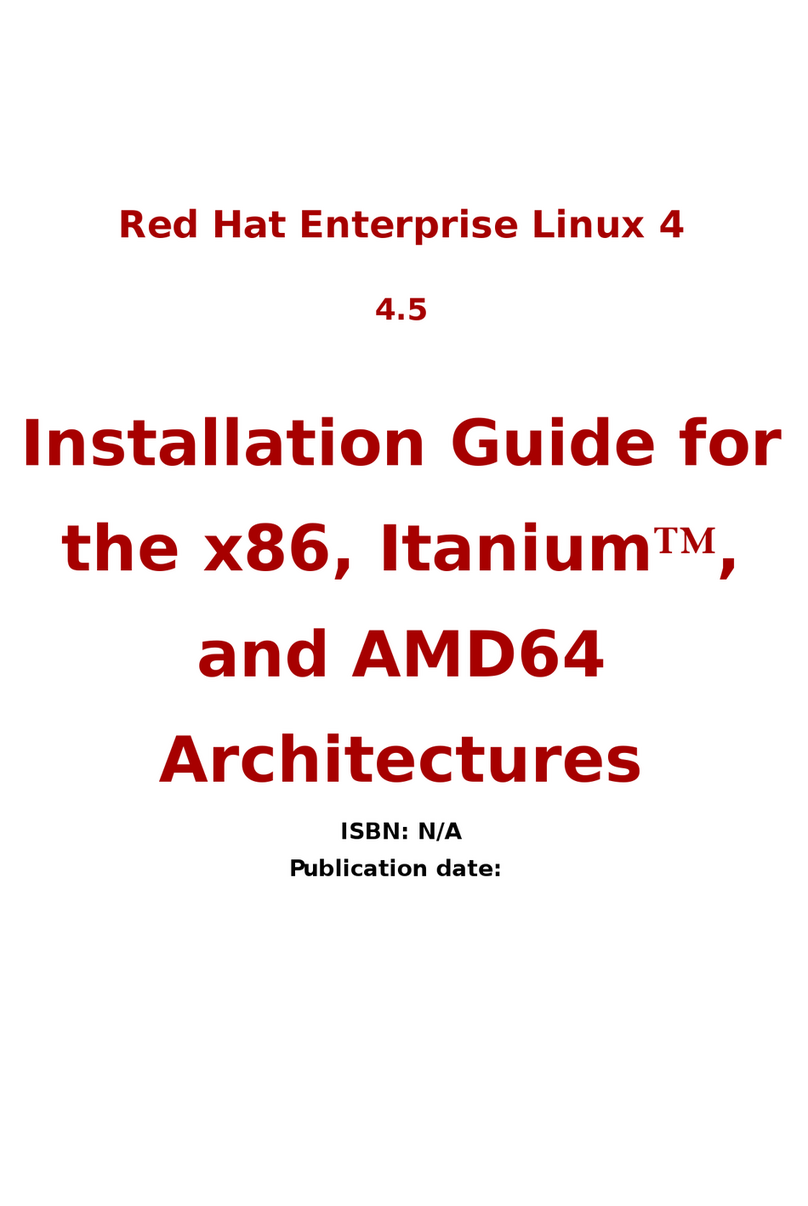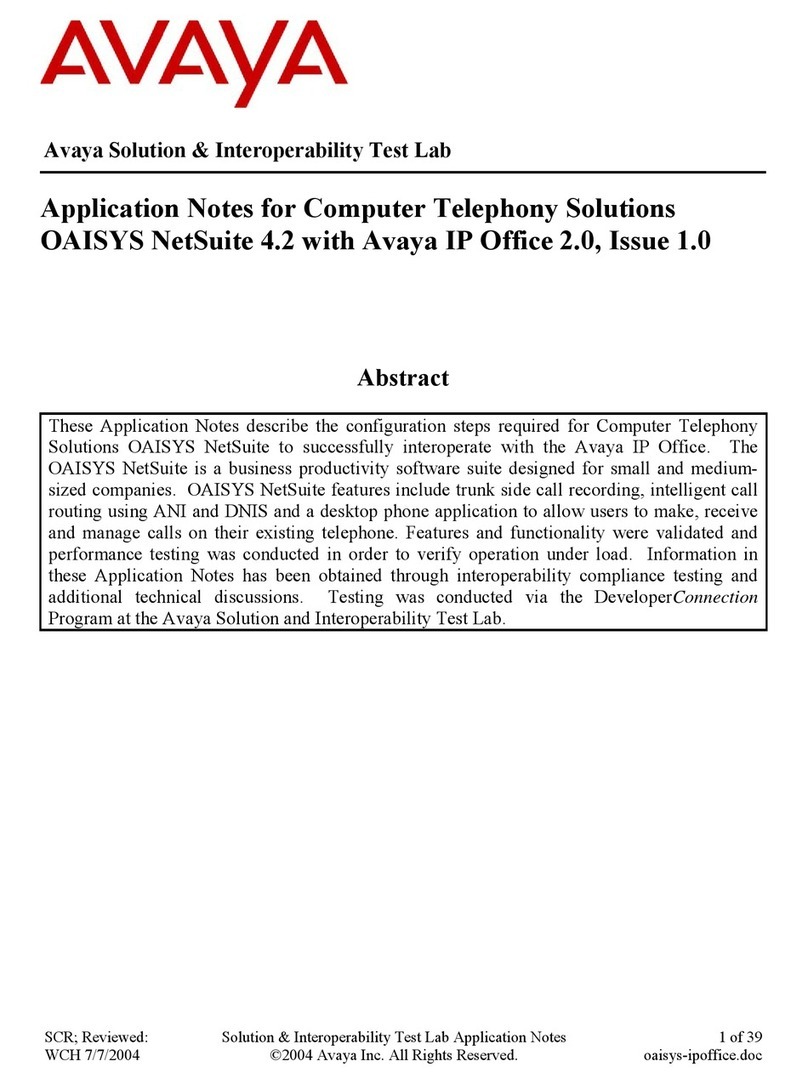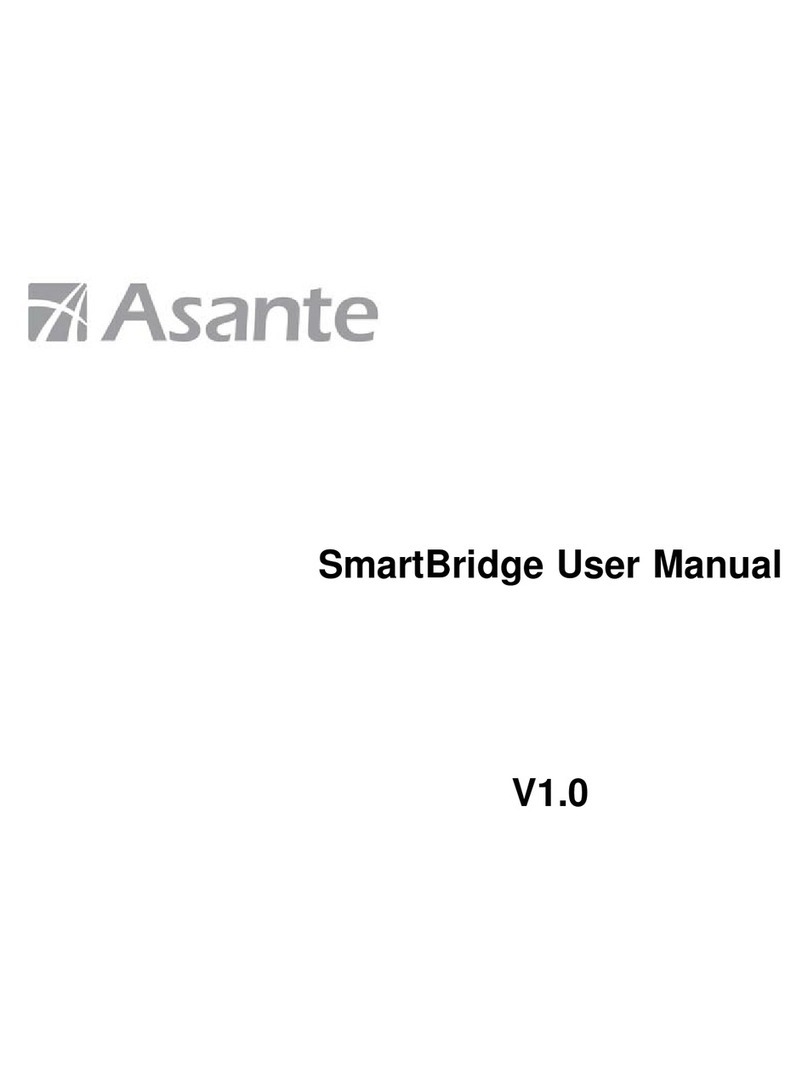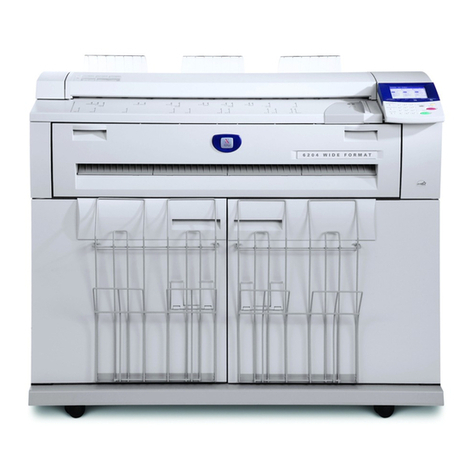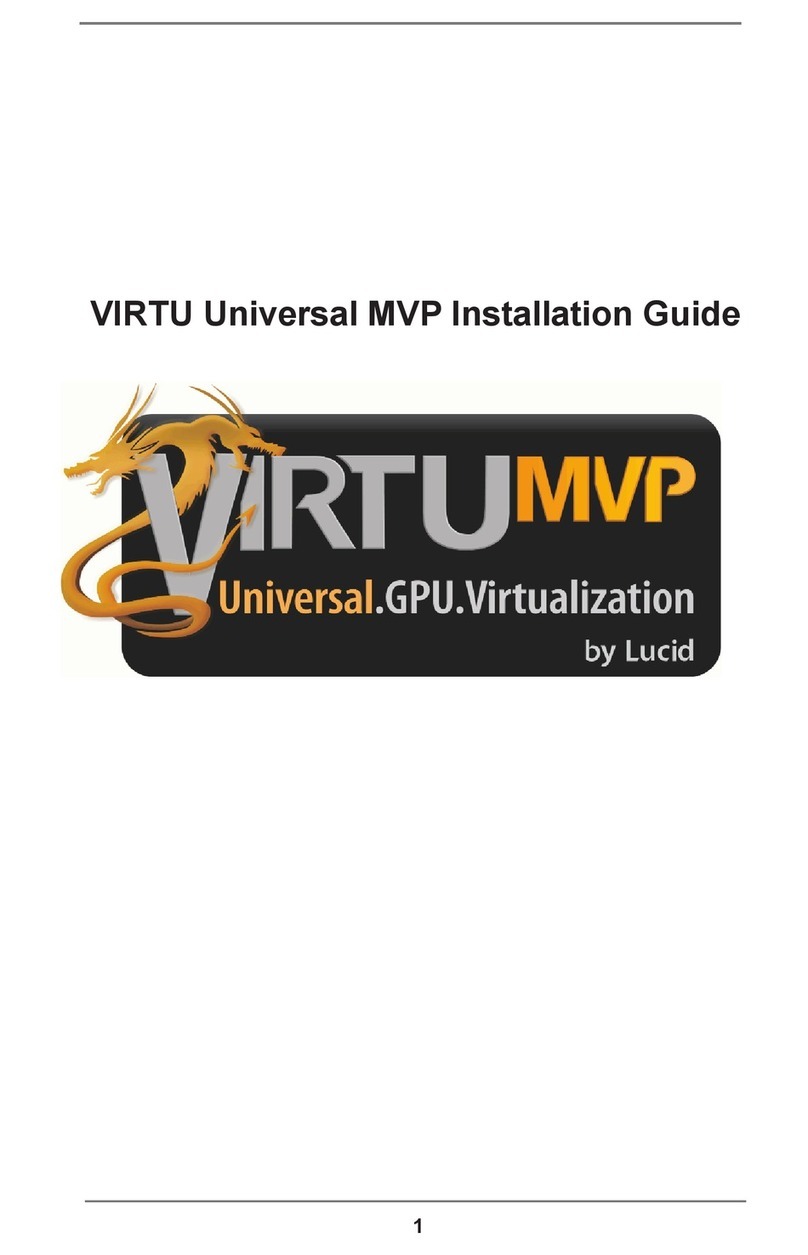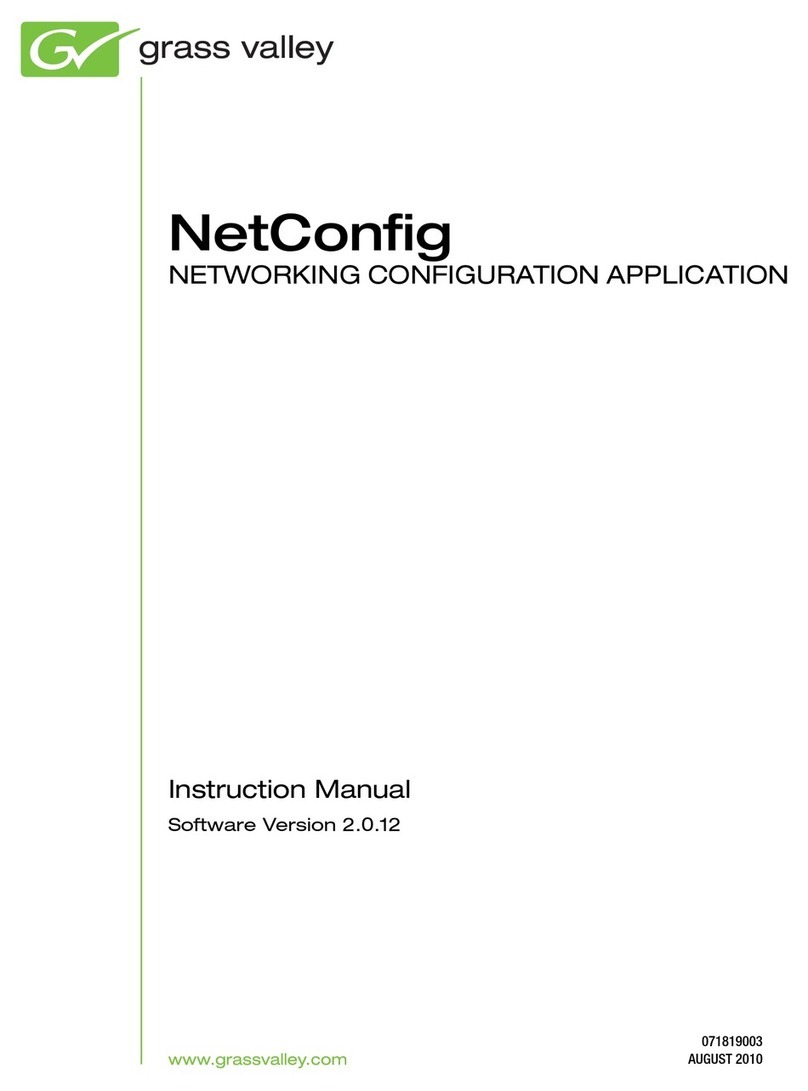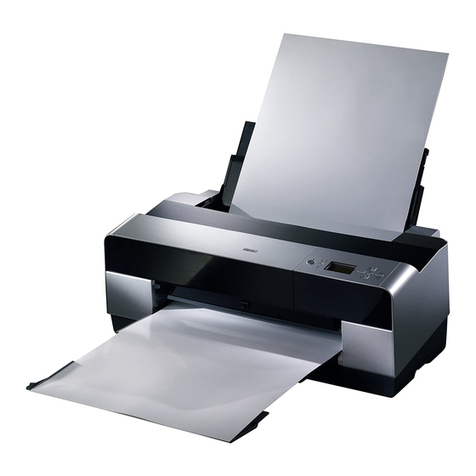The Geometer’s Sketchpad®forTI-89,
TI-92 Plus, andVoyage™ 200 PLT
Version 1.0
Project Design: Nicholas Jackiw
Program Implementation: Keith Dean, Nicholas Jackiw, Scott Steketee
Documentation: Dan Bennett, Steven Chanan, Nicholas Jackiw,
Tom Reich
Special Thanks: Laura Harvey, Zach Teitler, Julio Valella
Product Information: http://www.keypress.com/sketchpad/ti
The Geometer’s Sketchpad is the product of a collaboration between the
Visual Geometry Project at Swarthmore College and Key Curriculum
Press. The Visual Geometry Project was directed by Dr. Eugene Klotz and
Dr. Doris Schattschneider. Portions of this material are based upon work
supported by the National Science Foundation under award DMI-9996103.
Any opinions, findings, and conclusions or recommendations expressed in
this publication are those of the authors and do not necessarily reflect the
views of the National Science Foundation.
The Geometer’s Sketchpad and Dynamic Geometry are registered
trademarks of Key Curriculum Press, Inc. Sketchpad is a trademark of
Key Curriculum Press, Inc. All other brand names and product names are
trademarks or registered trademarks of their respective holders.
Copyright © 2000-2002 by KCP Technologies, Inc. All rights reserved.
KCP Technologies, Inc.
1150 65th Street
Emeryville, CA 94608
The Geometer’s Sketchpad for TI-89,TI-92 Plus, and Voyage™ 200 PLT
is distributed by
Texas Instruments U.S.A.
7800 Banner Drive
Dallas, Texas 75251
TI Support and Service Information
For General Information
Phone: 1-800-TI-CARES (1-800-842-2737)
For U.S., Canada, Mexico, Puerto Rico, and Virgin
Islands only
Home Page: education.ti.com
For Technical Questions
Phone: 1-972-917-8324
For Product (hardware) Service
Customers in the U.S., Canada, Mexico, Puerto Rico and Virgin
Islands: Always contact Texas Instruments Customer Support before
returning a product for service.
All other customers: Refer to the leaflet enclosed with this product
(hardware) or contact your local Texas Instruments retailer/distributor.
